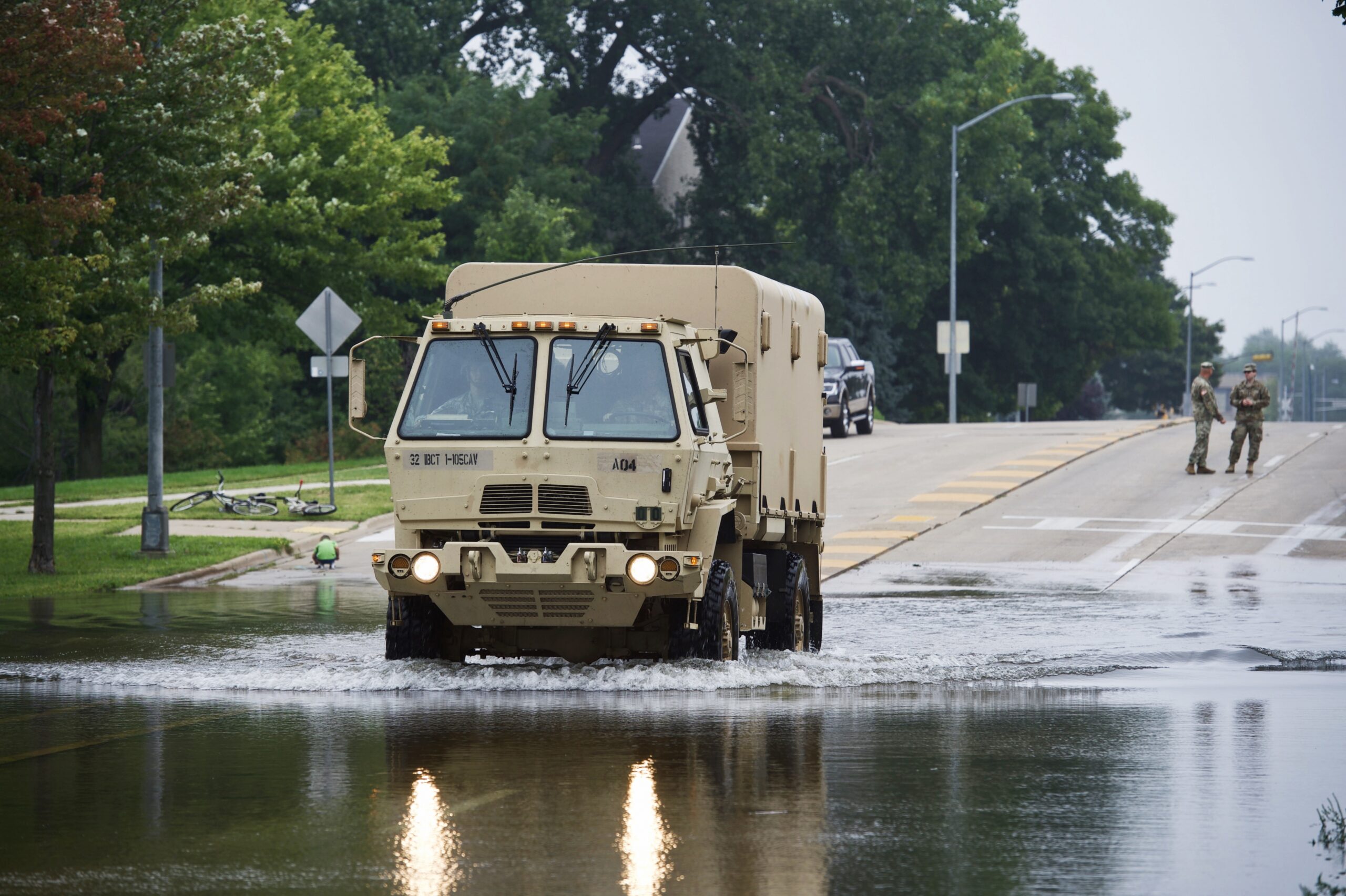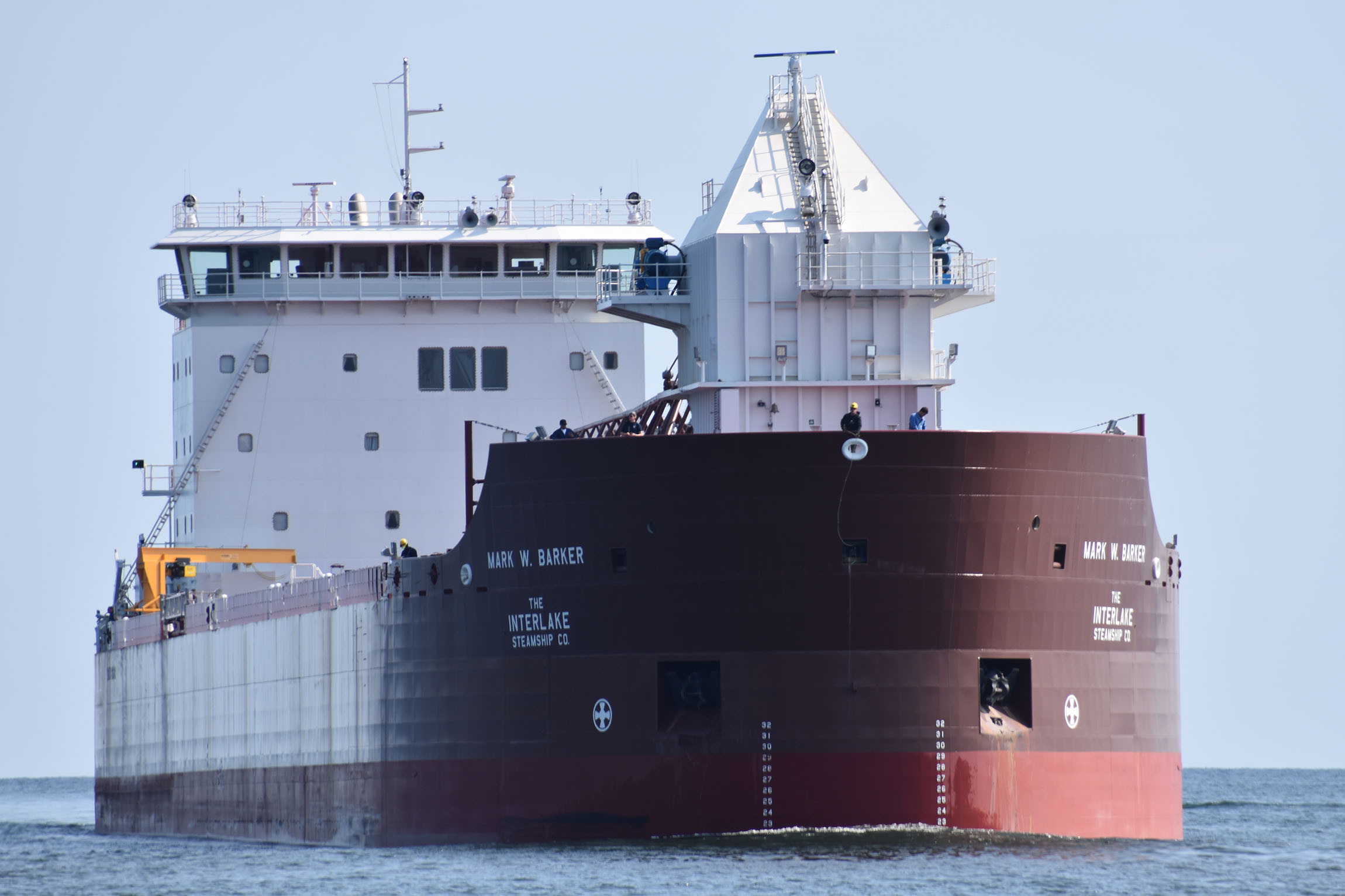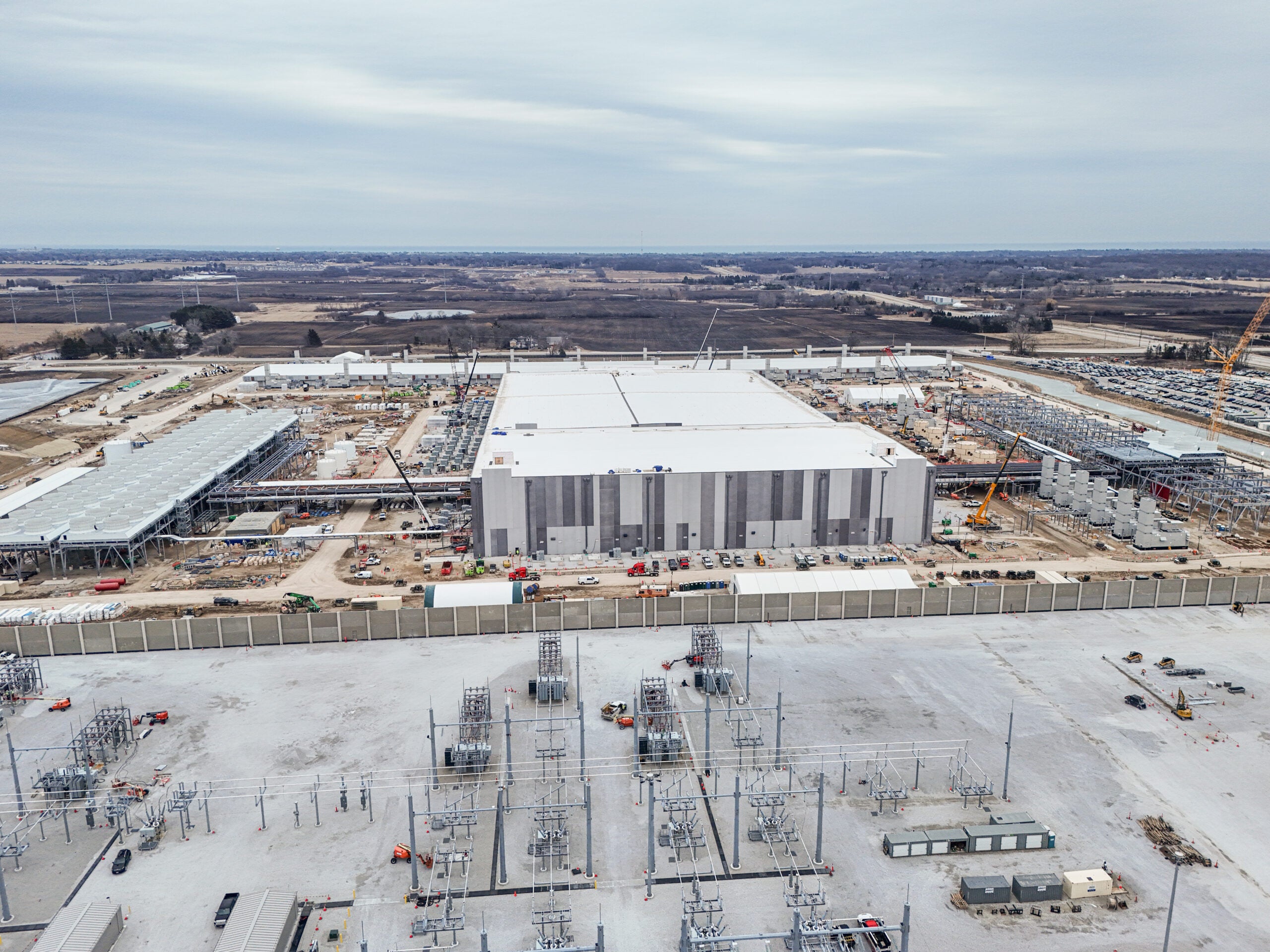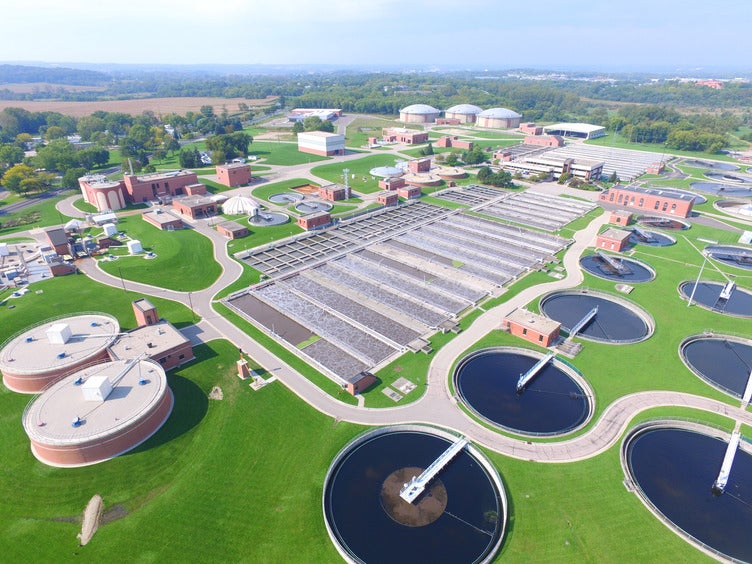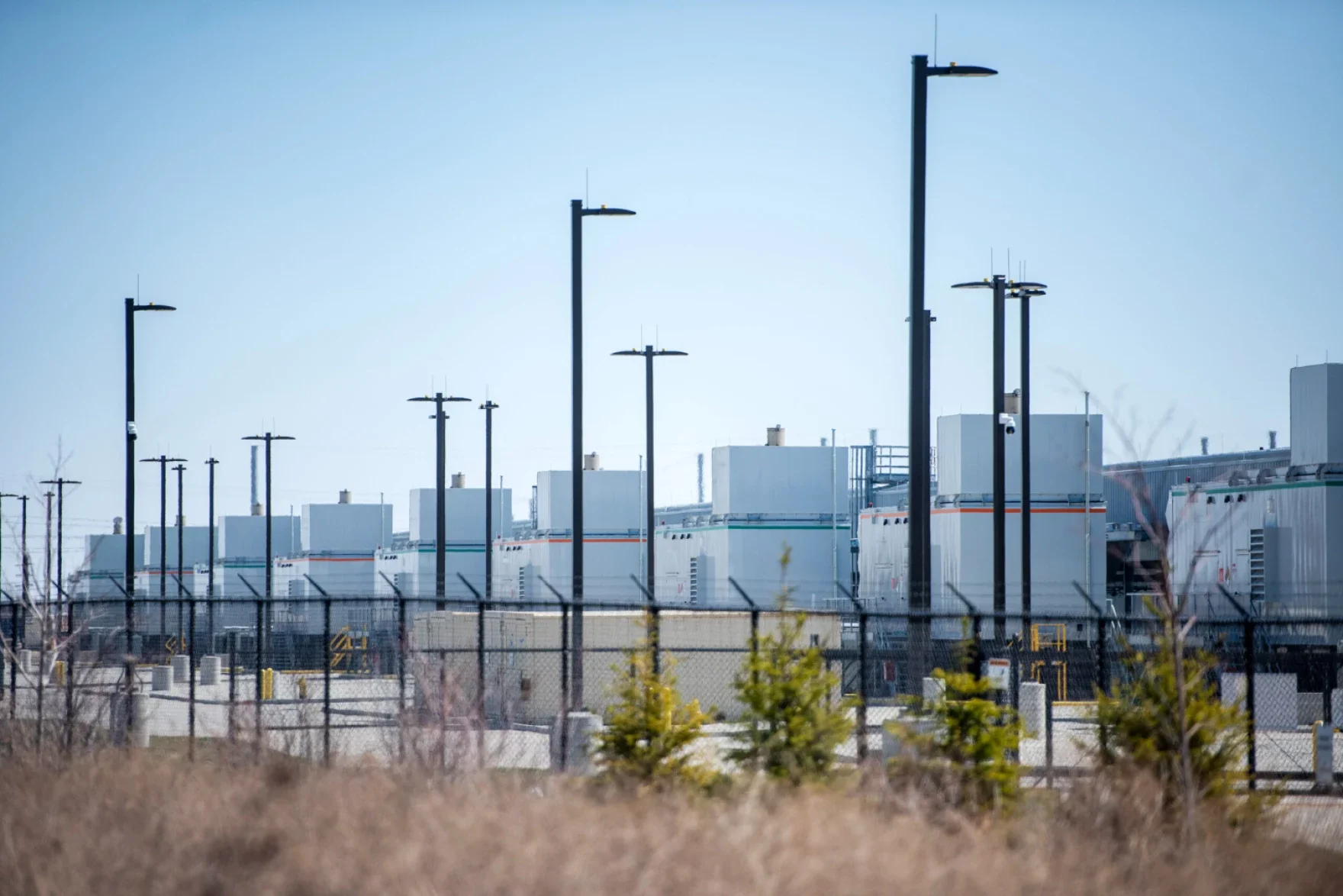Joel Brammeier likes to think of water infrastructure as the “circulatory system of a thriving community.” It’s buried and unseen but so vital and interwoven to a functioning body.
But there are consequences when that system reaches its limits. Brammeier, president of the Alliance for the Great Lakes, is worried about how sewage systems can hold up with increasing levels of rain over time. Specifically, he mentioned the overflowing of older infrastructure that collects both wastewater and stormwater.
In the short term, Brammeier said sewage overflowing into lakes or rivers means people can’t swim there or there might be a drinking-water advisory. Not being able to take a boat out on these waters could hurt local recreation and, in turn, the local economy.
News with a little more humanity
WPR’s “Wisconsin Today” newsletter keeps you connected to the state you love without feeling overwhelmed. No paywall. No agenda. No corporate filter.
But in the long term and “maybe the biggest challenge in the Great Lakes right now,” Brammeier said, is that the overflows can lead to nutrient pollution that feeds “massive algae blooms.”
“The bottom line is people rightly feel we can do better,” he said. “We don’t need to dump our waste — our sewage — into the open water in 2022.”
The water doesn’t only end up in rivers and lakes, he said. It can end up in people’s homes and businesses. It can cause flooding and other property damage, and extreme storms can cause millions of dollars in damage.
Brammeier is encouraged, however, by a Milwaukee effort to eliminate combined sewer overflows, known as CSOs.
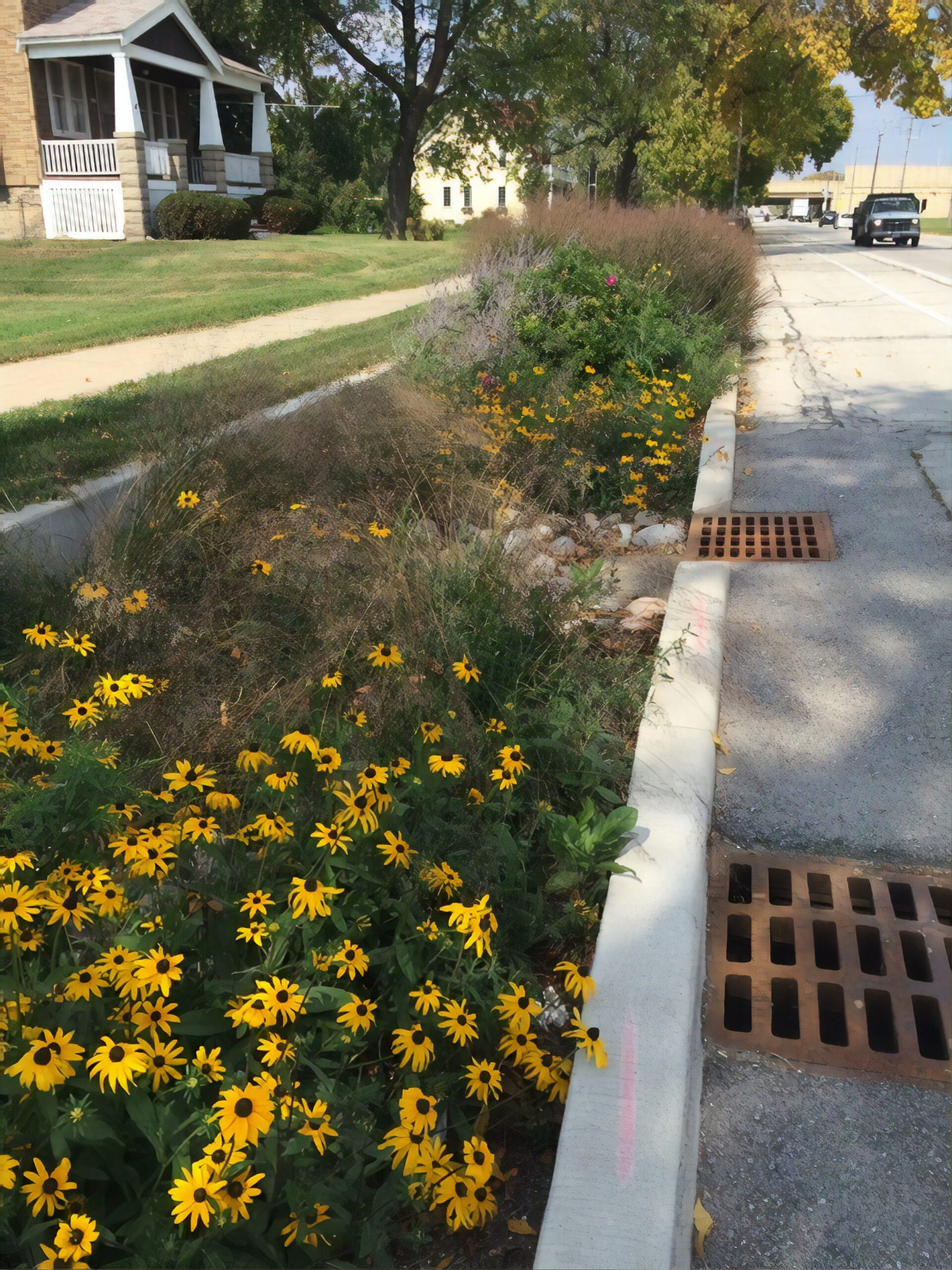
“These are expensive projects,” he said. “One thing that’s clear is that water is collective, right? We’re all in this together — whatever your political stripes are. And so, I have been impressed with some of the ways that Milwaukee has approached trying to solve this problem.”
Brammeier joined WPR’s “The Morning Show” recently to discuss how a state that’s seeing more rainfall and extreme precipitation handles CSOs.
He said there are about 150 permitted combined sewer systems in the Great Lakes Region. Although he said the number of overflows has “reduced dramatically, especially over the last 20 years,” it’s still a concern for some.
While some big cities have combined sewer systems, most places that have problems with overflows are communities with fewer than 10,000 people, according to the U.S. Environmental Protection Agency.
One example in Wisconsin is Ashland, which sits on the shore of Lake Superior. Mayor Deb Lewis told WPR’s “The Morning Show” earlier this year that her city’s sewer system is one of her worries.
“The sewer overflows have become a chronic problem in the last several years,” she said. “Not frequent, but one is too many.”
LISTEN: Ashland Mayor Deb Lewis’ January appearance on “The Morning Show”
The 2010s were Wisconsin’s wettest decade in recorded history, as extreme precipitation events became more common, according to a 2020 report on climate change in the state. The extreme events cost tens-to-hundreds of millions of dollars in damage over the decade.
With rising temperatures, annual rainfall could increase up to 15 percent in the next 30 years, WPR reported last summer.
READ MORE: Global warming is happening more rapidly. Wisconsin is already feeling it.
“These massive systems that are built throughout Great Lakes cities really can’t keep up with the level of rainfall that’s hitting the ground,” Brammeier said. “These systems can’t cope with these massive record rainfalls.”
The Milwaukee Metropolitan Sewerage District in 2010 set a goal of having no overflows, no basement backups and an improved storm water management system by 2035.
Making the water systems more environmentally friendly couldn’t only be done through “gray infrastructure,” Milwaukee Magazine reported in 2019, saying that the district went after greener alternatives, such as “porous pavement, green roofs, bioswales and other patches of native plants and soil that soak up rainwater rather than channeling it into sewers.”
Brammeier said Milwaukee is buying and managing land and upper parts of watersheds “to enhance water quality and reduce the volume of water that’s going into the rivers upstream, which helps address water quality and flood risk downstream.”
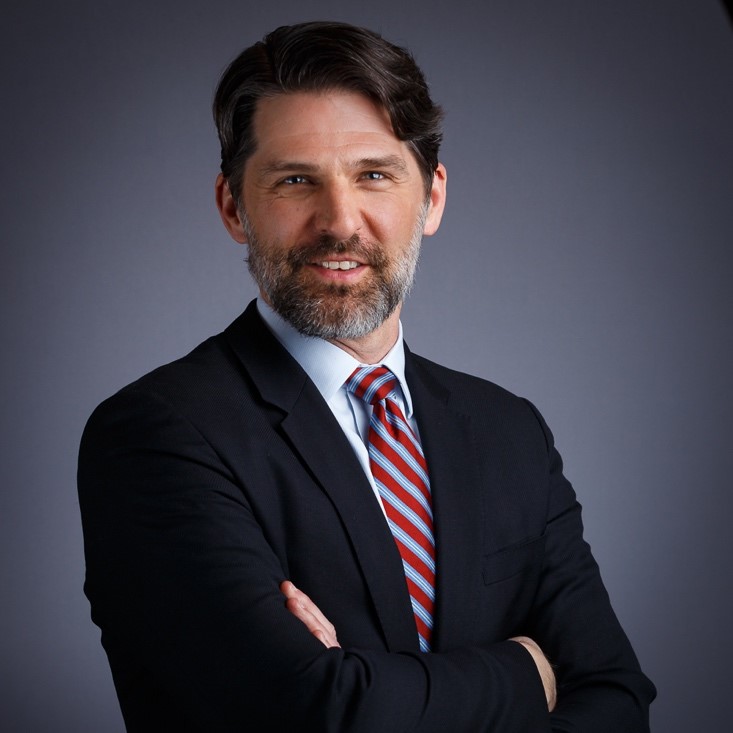
He said the city is also bringing in private financing to help encourage more green infrastructure.
“In a lot of Midwest cities, you can’t use concrete and holes in the ground that are big enough to solve this problem,” he said. “You’ve got to find a way to capture some of this water where it comes down on the ground, and that’s where green infrastructure comes in.”
Brammeier said states and municipalities can use federal infrastructure dollars to address this matter locally. Without such funds, these places would have trouble affording necessary solutions, he said.
“In cities and towns and rural areas and urban neighborhoods … ratepayers simply aren’t going to be able to afford to pay the full cost of getting to clean water,” he said.
Wisconsin Public Radio, © Copyright 2025, Board of Regents of the University of Wisconsin System and Wisconsin Educational Communications Board.

